
| Recorded by: Emily Stanley on 2025-06-04
Buncombe Co.
Comment: | 
| Recorded by: Jim Petranka on 2025-04-27
Madison Co.
Comment: |
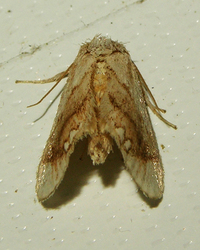
| Recorded by: Owen McConnell on 2024-06-26
Graham Co.
Comment: | 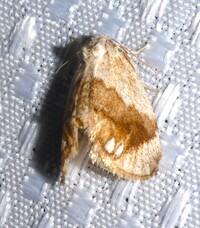
| Recorded by: Owen McConnell and Simpson Eason on 2024-06-21
Graham Co.
Comment: |
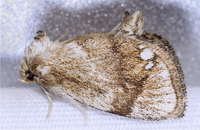
| Recorded by: John Petranka on 2024-06-19
Watauga Co.
Comment: | 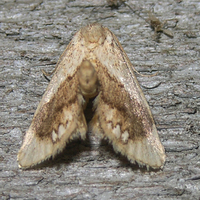
| Recorded by: Owen McConnell on 2024-05-25
Graham Co.
Comment: |
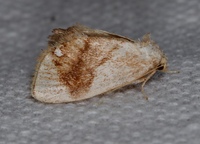
| Recorded by: Jim Petranka on 2024-05-20
Madison Co.
Comment: | 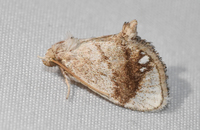
| Recorded by: Emily Stanley on 2024-05-16
Buncombe Co.
Comment: |

| Recorded by: Jim Petranka, Mark Basinger and Becky Elkin on 2024-05-16
Buncombe Co.
Comment: | 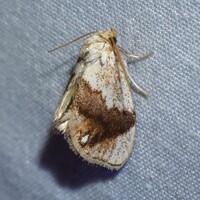
| Recorded by: Jeff Niznik on 2024-05-14
Madison Co.
Comment: |
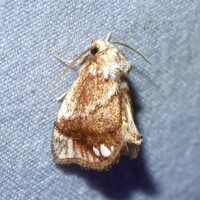
| Recorded by: Jeff Niznik on 2024-05-13
Madison Co.
Comment: | 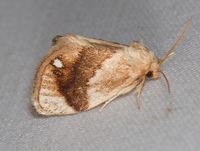
| Recorded by: Jim Petranka on 2024-05-12
Madison Co.
Comment: |

| Recorded by: David George on 2023-06-16
Avery Co.
Comment: | 
| Recorded by: Emily Stanley on 2023-06-02
Yancey Co.
Comment: |
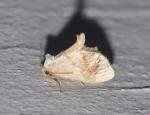
| Recorded by: K. Bischof on 2023-05-25
Transylvania Co.
Comment: | 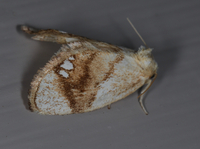
| Recorded by: Jim Petranka on 2023-05-11
Madison Co.
Comment: |
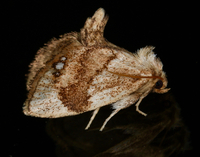
| Recorded by: Jim Petranka on 2023-05-08
Madison Co.
Comment: | 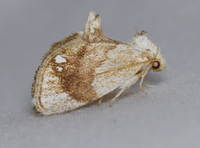
| Recorded by: Jim Petranka and Becky Elkin on 2022-06-07
Madison Co.
Comment: |
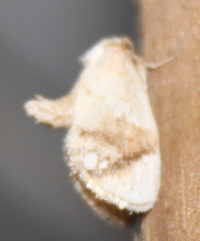
| Recorded by: Vin Stanton on 2022-05-29
Buncombe Co.
Comment: | 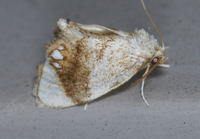
| Recorded by: Jim Petranka on 2022-05-15
Madison Co.
Comment: |

| Recorded by: Jim Petranka on 2021-06-12
Madison Co.
Comment: | 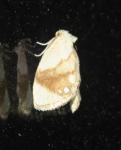
| Recorded by: K. Bischof on 2021-06-04
Transylvania Co.
Comment: |

| Recorded by: Vin Stanton on 2021-06-01
Buncombe Co.
Comment: | 
| Recorded by: tom ward on 2021-05-27
Buncombe Co.
Comment: |
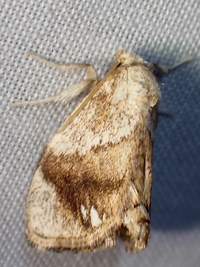
| Recorded by: tom ward on 2021-05-27
Buncombe Co.
Comment: | 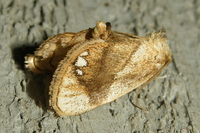
| Recorded by: Owen McConnell on 2021-05-22
Graham Co.
Comment: |
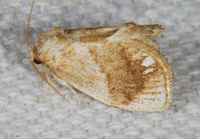
| Recorded by: Jim Petranka and Becky Elkin on 2019-06-07
Madison Co.
Comment: | 
| Recorded by: Owen McConnell on 2019-06-05
Graham Co.
Comment: |
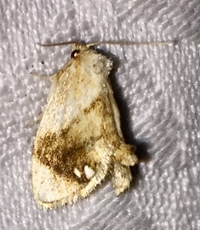
| Recorded by: Ken Kneidel on 2019-05-30
Yancey Co.
Comment: | 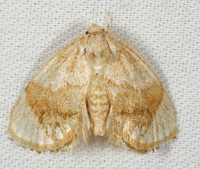
| Recorded by: Jim Petranka and Becky Elkin on 2019-05-28
Buncombe Co.
Comment: |
|

 »
»






















